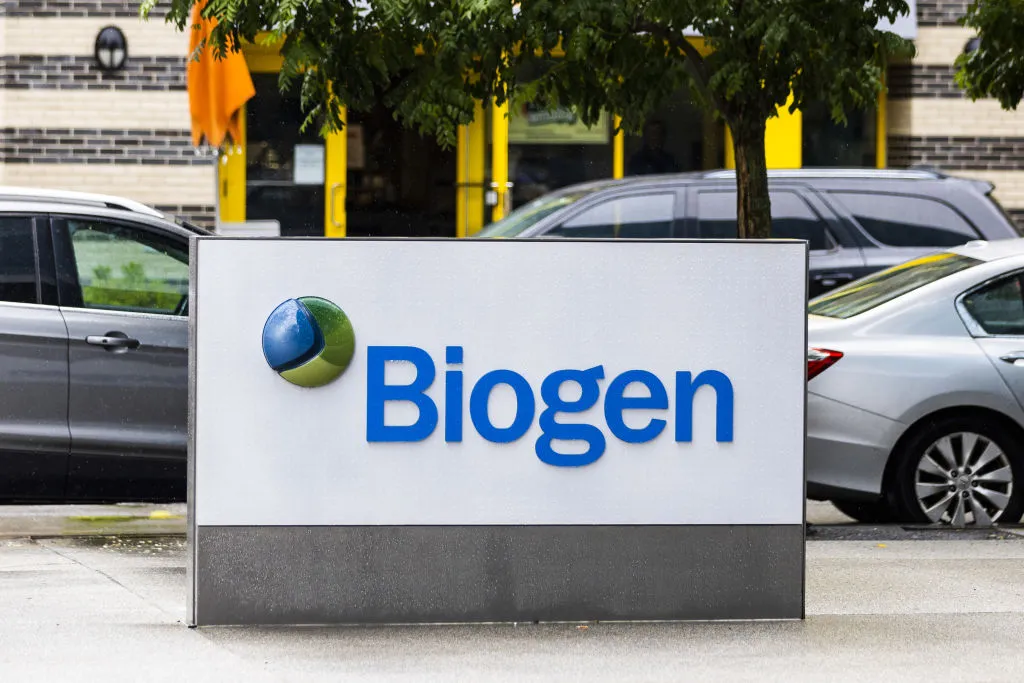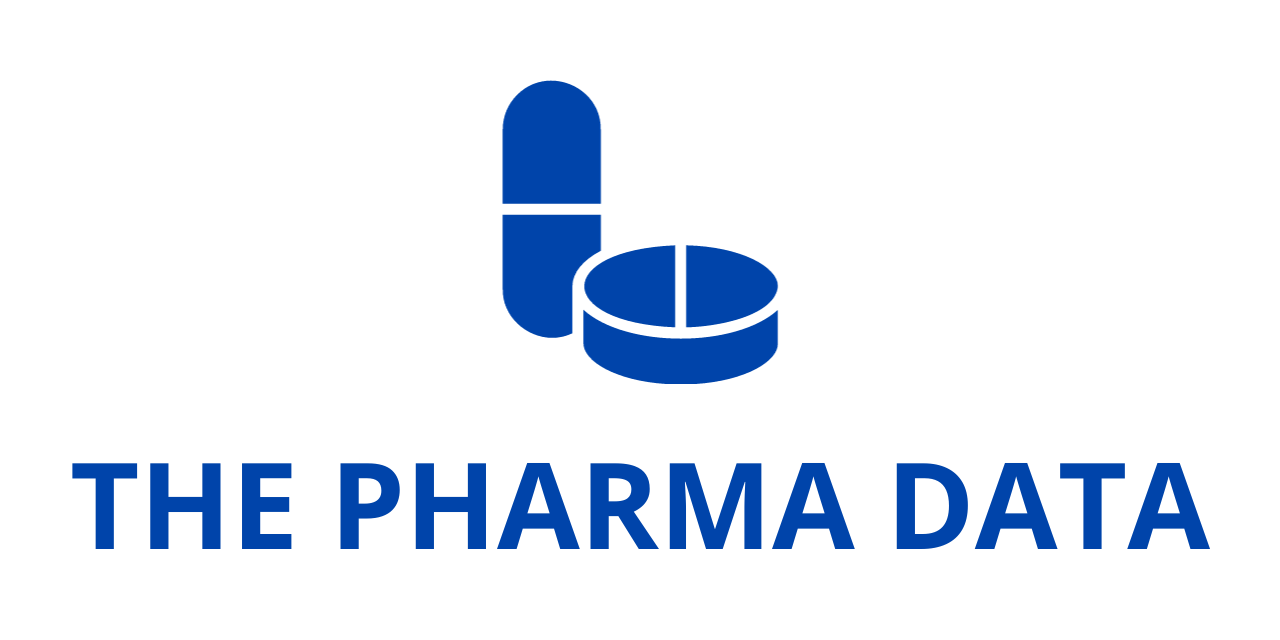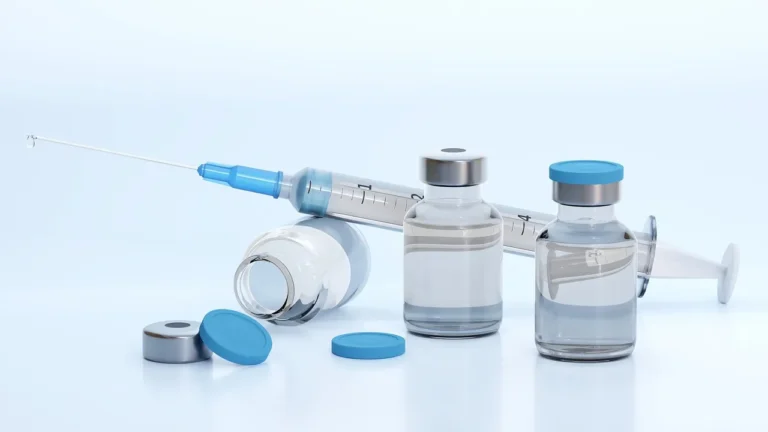
Biogen Unveils New Data Underscoring the Long-Term Benefits and Advancements of Nusinersen in Spinal Muscular Atrophy Treatment
Biogen, a global leader in neuroscience, has announced compelling new data that reinforces the clinical value and therapeutic potential of nusinersen, a pioneering treatment for spinal muscular atrophy (SMA). The findings were unveiled during the annual SMA Research & Clinical Care Meeting, hosted by Cure SMA in Anaheim, California. This data includes results from two pivotal studies: Part C of the ongoing DEVOTE clinical trial and the final eight-year data from the NURTURE study.
These latest insights expand the growing body of evidence supporting the efficacy and safety of nusinersen, marketed under the brand name SPINRAZA®, across diverse patient populations—ranging from presymptomatic infants to older, previously treated individuals. With regulatory applications for a higher-dose regimen of nusinersen currently under review in the United States, Europe, Japan, and other international markets, Biogen is signaling a continued commitment to refining and optimizing care for individuals living with SMA.
Commitment to Evolving Patient Needs in SMA
“As the SMA treatment landscape continues to evolve, we remain steadfast in our commitment to address the unmet needs of the community,” said Stephanie Fradette, Pharm.D., Head of the Neuromuscular Development Unit at Biogen. “The findings from Part C of the DEVOTE study further strengthen the growing body of evidence supporting the potential benefits of the higher dose regimen of nusinersen.”
SMA, a rare and often devastating genetic neuromuscular disease, primarily affects motor neurons in the spinal cord, resulting in progressive muscle wasting and weakness. SPINRAZA was the first disease-modifying therapy approved for SMA, and Biogen continues to explore avenues for enhancing its therapeutic potential through alternative dosing regimens and earlier intervention strategies.
DEVOTE Part C: Encouraging Functional Gains in Previously Treated Individuals
The latest results from Part C of the Phase 2/3 DEVOTE trial provide encouraging evidence that a higher dose of nusinersen may offer additional clinical benefits to individuals who had already been receiving the approved 12 mg SPINRAZA regimen over a long period—approximately four years on average (median: 3.9 years). This cohort included 38 individuals aged between 4 and 65 years, representing a broad patient demographic. Half of the participants (n=19) were ambulatory at baseline.
In Part C of DEVOTE, patients transitioned from the standard dose to a higher-dose regimen consisting of a 50 mg loading dose followed by two 28 mg maintenance doses administered four months apart. This change in dosing was implemented under open-label conditions to evaluate the potential for incremental therapeutic gains in patients already stabilized on SPINRAZA.
The data revealed promising functional improvements in this previously treated population, as assessed by multiple clinical endpoints. These included the Hammersmith Functional Motor Scale – Expanded (HFMSE), the Revised Upper Limb Module (RULM), and the Clinical Global Impression of Change (CGI-C), as reported by either clinicians or caregivers.
Notably, non-ambulatory participants showed a mean improvement of +2.5 points on the HFMSE (95% CI: 0.49, 4.56), while ambulatory participants improved by an average of +1.1 points (95% CI: -0.68, 2.89). These gains were observed across SMA phenotypes and functional statuses, suggesting that enhanced dosing may provide value to a wide spectrum of patients.
“These emerging data indicate that additional gains in function might be possible even in those with established disease who have been on therapy for years,” said Dr. Richard Finkel, director of the Center for Experimental Neurotherapeutics at St. Jude Children’s Research Hospital. “This effort to optimize the dosing of SPINRAZA is very exciting for the field and could fundamentally change how we treat our patients.”
The safety profile of the higher-dose regimen remained consistent with that of the established 12 mg dose. Among the 40 participants in Part C, adverse events (AEs) were reported in 37 individuals, with the majority categorized as mild to moderate in severity. The most commonly reported AEs across the entire DEVOTE study included pneumonia, respiratory failure, fever (pyrexia), COVID-19, upper respiratory tract infections, procedural pain, and procedural headaches. Six participants (15%) experienced serious adverse events, none of which were determined by investigators to be related to the treatment or its administration.
These findings further support Biogen’s regulatory strategy to seek global approval for the higher-dose regimen of nusinersen, which could offer an improved benefit-risk profile for long-term SMA management.
Final NURTURE Study Results: A New Standard for Early Intervention
In parallel, Biogen also released final data from the NURTURE study, an eight-year, open-label trial that examined the long-term impact of early intervention with SPINRAZA in presymptomatic infants diagnosed with SMA. The study enrolled 25 infants who began treatment with the standard 12 mg dose of nusinersen before the onset of symptoms—a critical therapeutic window believed to yield the best outcomes in neurodegenerative diseases like SMA.
At the conclusion of the study, all 25 participants were alive, and none had required permanent ventilation. Remarkably, 20 out of the 25 children did not require any ventilatory support during the entire study duration. In addition, 92% of participants achieved the milestone of walking independently, with many reaching this ability within typical developmental timeframes.
Another significant finding from NURTURE involved neurofilament light chain (NfL), a biomarker of neuronal injury. Participants with elevated NfL levels at baseline exhibited rapid and sustained reductions after initiating nusinersen treatment. This trend underscores the potential of NfL as a reliable, objective biomarker for monitoring disease activity and therapeutic response in SMA—particularly when evaluating the impact of early intervention strategies.
Nusinersen was well tolerated over the course of the eight-year study, with no new safety concerns identified. All participants experienced at least one adverse event, but the majority were mild to moderate in severity. Importantly, no participants discontinued treatment or withdrew from the study due to adverse events.
Optimizing SMA Treatment for the Future
Together, the DEVOTE and NURTURE studies highlight the broad therapeutic potential of nusinersen across different stages of SMA—both in patients with well-established disease and in those treated before symptom onset. Biogen’s ongoing efforts to optimize dosing regimens and expand access to early treatment options are aligned with a larger mission: to improve the quality of life and long-term outcomes for individuals and families impacted by SMA.
“Our investment in rigorous long-term studies and continued innovation in SMA is grounded in the belief that every patient deserves the best possible outcome,” said Fradette. “Whether it’s identifying more effective dosing strategies or expanding our understanding of biomarkers like NfL, we are committed to delivering meaningful progress for the SMA community.”
With global regulatory reviews of the higher-dose nusinersen regimen underway and final data from NURTURE reinforcing the transformative potential of early intervention, Biogen is poised to solidify its leadership in SMA treatment for years to come. These new insights not only reaffirm SPINRAZA’s foundational role in SMA care but also open the door to a new era of personalized, biomarker-informed treatment strategies that could redefine what is possible for individuals living with this challenging disease.




